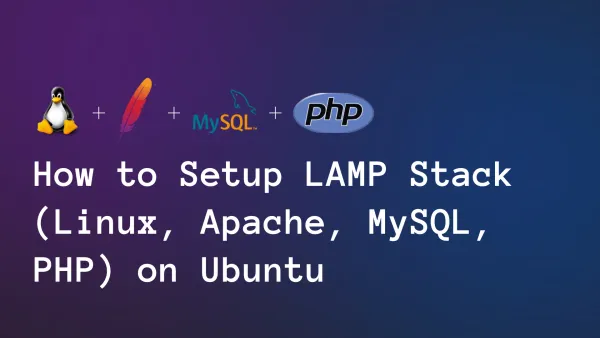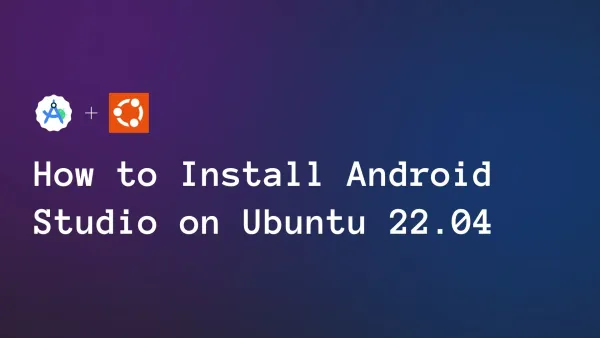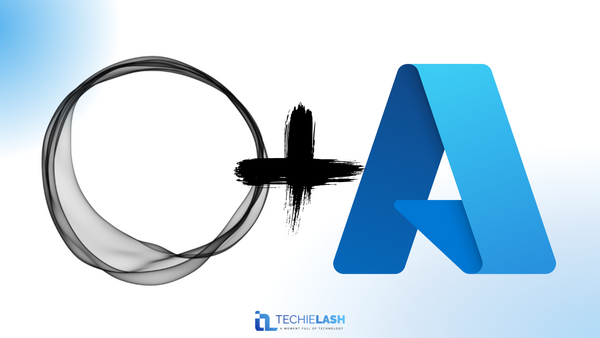The Fascinating History and Development of Linux

With almost three decades of history, the Linux operating system is a free and open-source operating system. The way we use computers has been completely transformed, and it is now a necessary component of the technological world. The history of the Linux operating system and its development over time will be examined in this article.
The Initial
Linus Torvalds, a Finnish student, began developing a new operating system as a side project in 1991, and that is when the Linux tale officially begins. Torvalds was searching for a free replacement for the Minix operating system at the time because of its limitations while he was a computer science student at the University of Helsinki.
He began developing the kernel, the essential component of an operating system, and made it accessible for others to use and enhance. On September 17, 1991, Torvalds made available the Linux kernel's initial release, version 0.01. The GNU General Public License, which was used to release the kernel, allowed anybody to use, change, and distribute the program as long as they complied with its requirements.
The growth of Linux
Early in the 1990s, developers as well as companies began to contribute to the development of Linux, which led to an increase in its popularity. As the Linux kernel gained stability, a number of distributions—or Linux versions—were produced with more software and utilities built in. Many of these releases were made freely available, and many were altered to meet particular needs.
One of the largest contributions to the growth of Linux came from the creation of the Debian distribution in 1993. Debian was the first operating system to provide a package manager, which made it easier for users to install and maintain software on their systems.
Throughout the 1990s, Linux gained popularity and solidified its position as a rival operating system to proprietary ones like Windows and macOS. It was adopted by businesses, governments, and individuals in search of a more secure, flexible, and affordable operating system.
The community of Linux
The community-driven development of Linux is one of its distinctive features. Linux is created by a community of thousands of developers from all over the world, unlike proprietary software, whose development is overseen by a single company or organization.
Anyone can participate in the development of the Linux community because it is inclusive and open to everyone. Developers contribute patches, fixes, and new features to the kernel and other components as part of the community's collaborative development process. The contributions are reviewed and evaluated, and if approved, they are incorporated into the software's subsequent version.
Linux vs. Windows: The Differences
The most notable competitor to Linux has always been Microsoft Windows. Windows still holds a substantially larger percentage of the desktop operating system market, despite Linux being free and compatible with many more devices. Even when compared to Mac OS, Linux is still much less well-liked by everyday computer users. However, this does not imply that Linux is without merit. Linux is particularly appealing if you are a programmer or developer because of how open the code base is. The kernel can be edited and customized to your preferences, and a variety of programs and software can be installed to improve your experience. Furthermore, if you run into issues and require help, there is no scarcity of support available because of the extensive support network that exists for Linux globally. But Microsoft Windows is entirely a closed-source, commercially licensed product. This prevents you from altering or editing your kernel, and you can also experience less compatibility than with Linux. Because of its bloated design, Windows also has speed and privacy issues. In general, if you want to be able to customize the operating system of your computer further, Linux is the best option. Linux will be enjoyable for you to use if you enjoy troubleshooting and tinkering. You can see more of your computer's inner workings using Linux. Keeping Windows pre-installed on your PC may be a better option if you aren't interested in learning how your computer operates and just want something simple to use.
Linux: Various Versions
Many developers are encouraged to modify the code and produce their own version of Linux because it is free and open source. This has led to the existence of thousands of different Linux "distributions" or versions. Some of these versions gained enormous popularity over time and had sizable user and contributor fan bases. Which Linux editions are the most widely used?
Ubuntu
For several reasons, Ubuntu is frequently cited as a Linux distribution that is user-friendly for beginners. Over 25 million people use Ubuntu, the most well-known Linux distribution ever since its release in 2004. Over the years, Ubuntu has evolved into a strong operating system that is a fantastic substitute for Mac OS or Windows. Additionally, Ubuntu places an extreme value on user-friendliness, and the interface was created to closely resemble Mac OS. The most well-known programs, such as Spotify, Google Chrome, Skype, Telegram, and others, are compatible with users.
Linux Mint
Along with Ubuntu, Linux Mint is regarded as the version of Linux that is most user-friendly for beginners. Since its initial release in 2006, Linux Mint has gained popularity as a result of its simplicity of use and extensive collection of free apps. Linux Mint is an extremely capable operating system that comes preconfigured with Firefox, LibreOffice, Thunderbird, and a ton of media software.
Fedora
In order to provide a more secure version of Linux, Fedora was first introduced in 2003. Fedora is a fantastic operating system if security is a priority because it has a stronger built-in firewall with more customizability. It is understandable why Fedora became so well-liked in the server and enterprise space, as security has received more attention.
Tails
A focused version of Linux with a privacy focus is called Tails. Tails is a Linux distribution that is exclusively focused on anonymity, unlike other Linux distributions that prioritize performance, usability, and other features. Tails' built-in 'amnesic' capability, which causes the operating system to erase all traces of user activity when the machine is shut down, is praised by users who value their privacy. Tails comes preconfigured with a number of privacy-focused programs, including Electrum, a Bitcoin wallet, and TOR, a popular web browser created to make users anonymous.
Debian
While Debian is frequently used by programmers and business applications, it is also praised for being a respectably simple operating system for beginners. The beta of Debian, which is among the earliest Linux releases, was first made available in 1993. It took until 1996 for the first stable version to be made public, and as more users became aware of its benefits, it gained popularity over the following few years. Ian Murdock developed Debian, which is recognized for its dependability, security, and compatibility with a wide range of hardware architectures.
Arch Linux
Although Arch Linux is less user-friendly than other Linux distributions, experienced users can benefit from its many features. Users are urged to maintain total control over every part of their operating system with a basic design. This may make Arch Linux more difficult for beginners to use. However, if you prefer a hands-on approach and want a distinctive choice, Arch Linux is perfect.
Linux in the future
Today, Linux is widely used in a variety of sectors, including web servers, mobile devices, gaming consoles, and supercomputers. Around 75% of web servers and 98% of the top 500 supercomputers in the world are thought to run Linux.
Linux is also utilized in a variety of embedded systems, including switches, routers, and other networking hardware. It serves as a crucial component of the Internet of Things (IoT), which uses it to link devices and handle data.
Linux will probably continue to play a key role in the tech sector as long as technology is developed. It appeals to both individuals and companies due to its open-source nature, flexibility, and security.
Conclusion
The development of Linux from a student's side project into a widespread phenomenon is a fascinating story that can be found throughout its history. Nowadays, Linux is a vital component of the computer sector and is utilized in a variety of businesses and applications.
The community-driven development strategy used by Linux, which has encouraged innovation and collaboration, is largely responsible for its success. Looking ahead, it seems certain that Linux will continue to have a large impact on how the technology environment develops over the coming years.





